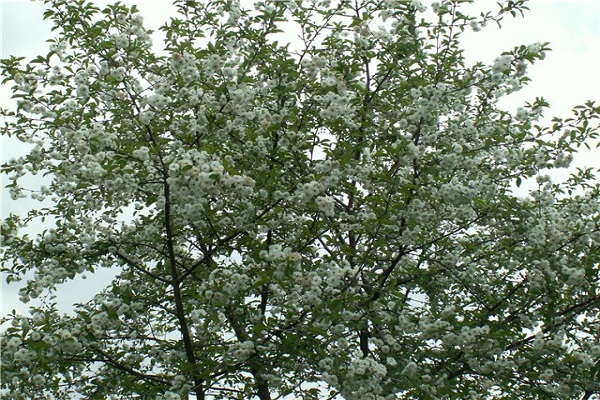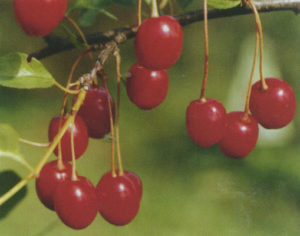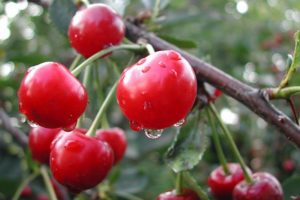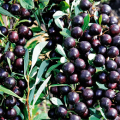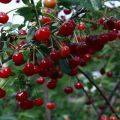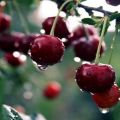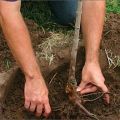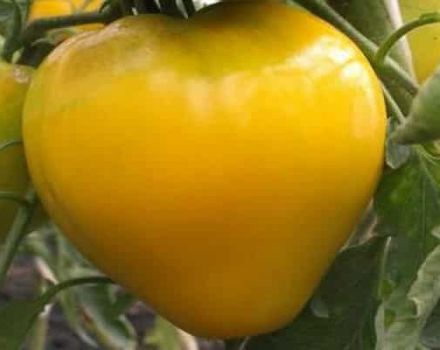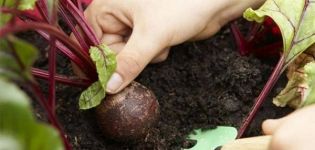Description of decorative glandular cherries and rules of planting and care, reproduction
The cultivation of ferruginous cherries has recently become popular, because it was believed that the climate suitable for culture was the countries of East Asia. The decorative relative of sakura rarely bears fruit, but decorates the site with dignity - during the flowering period, the plant is covered with exquisite flowering. Growing a shrub will not cause difficulties, but first you need to familiarize yourself with the rules of agricultural technology.
History of origin
Ferruginous cherry is a distant relative of the famous sakura. The homeland of the plant is Korea, China. From these countries not so long ago shrubs were brought to Russia, which are considered wild in their homeland and densely populate forests.
There are many varieties of plants, every year breeders are trying to bring new ones. The life span of bushes is up to one hundred years.
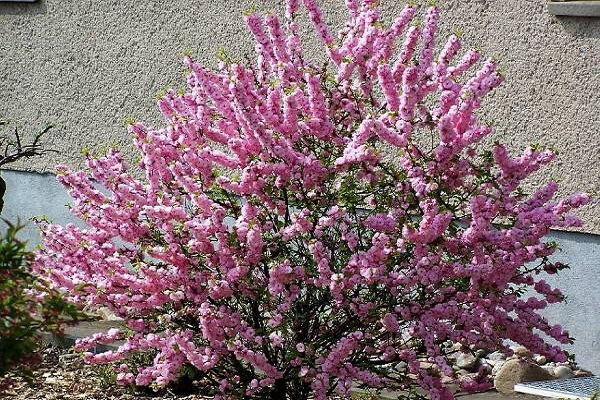
Description of the variety
Unlike distant relatives, ferruginous cherry is not a tree. This is a lush shrub, reaching a height of one and a half meters. The plant has several main trunks, differing in diameter, and a lot of lateral growth.
Flowering begins at the end of May. Duration - not less than a half moon, only after that the flower petals fall off. The shrub bears fruit - berries up to a centimeter in diameter. The fruits are edible.
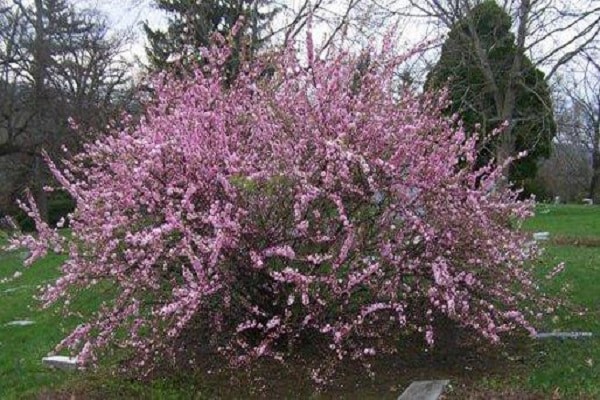
Growing features
In leaving, ferruginous cherries are unpretentious and are no different from other horticultural crops. Among the processes that will have to be followed:
- regular watering;
- introduction of nutritional compositions;
- loosening the soil;
- pest and disease control;
- preventive treatments;
- pruning.
A prerequisite for the successful cultivation of ferruginous cherries is the choice of a place. Errors in plant placement threaten the death of the shrub.
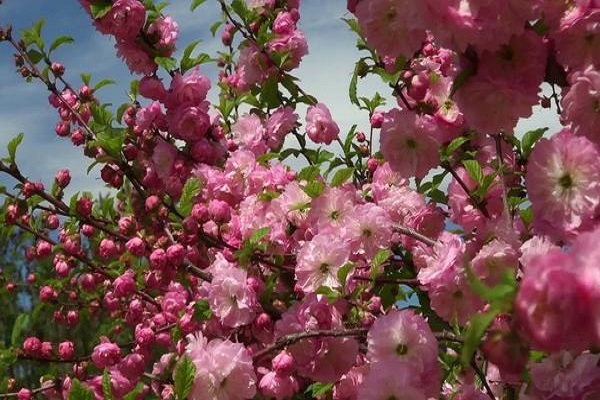
Choosing a landing site
It is recommended to plant seedlings in cozy corners of the garden. There should be no drafts. It should be borne in mind that it is warm in the homeland of the plant, therefore, plant a shrub in an open area, making sure that there are no drafts here.
Landing
Plant the shrub in the spring, with the onset of stable heat. Prepare the well according to the size of the root system. Prepare the composition for sprinkling the roots, for this mix:

- clay;
- coarse sand;
- compost (rotted);
- garden soil.
If the soil has a poor composition, add mineral fertilizers. When planting, follow the level of the root collar - the point should rise 2-4 cm above the soil surface. Complete the planting by laying a layer of mulch.

Care
Take care of cherries glandular, as even novice gardeners were convinced, simply. The main thing is to take into account all the requirements of the plant, which are few.You will have to look especially closely at the shrub during the dry season, the lack of moisture will provoke the drying out of the root, the death of the bush.
Watering
Water the ferruginous cherries only in the hot season. Use a warm liquid, first leave the water in the sun for a day. It is recommended to irrigate in loosened soil, this will allow moisture to penetrate deep into the soil. Add liquid in small portions, waiting for complete absorption.
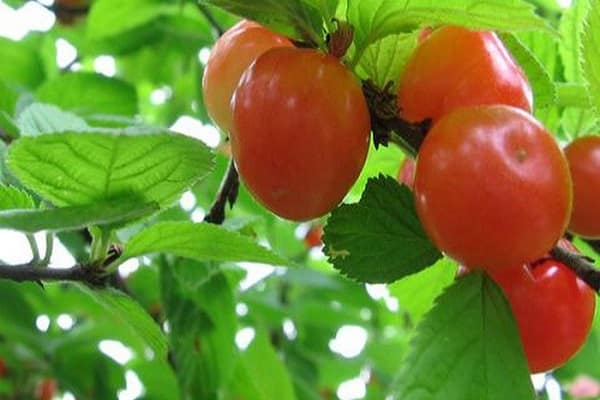
Pruning
Prune in the fall. It is not recommended to thin out the shoots too much, remove only dry, damaged branches. If there are too many overgrown near the main stems, partially thin out. It is recommended to remove excess shoots along with a small part of the root, this will prevent the emergence of new branches.
Reproduction
To engage breeding cherry glandular is recommended in the spring. The easiest way to acquire young plants is to divide an adult shrub. Transplanting is carried out carefully, leaving a lump of soil, this will speed up the adaptation of the delenka in a new place.
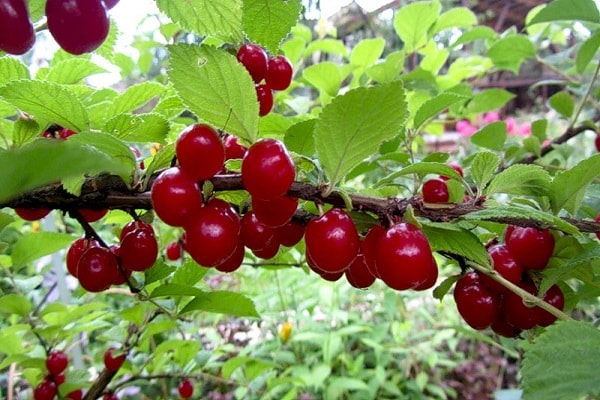
Seed propagation is a more laborious and time-consuming method. It will take several years to get a full-fledged plant. It is better to pre-grow the seeds on the windowsill, like indoor plants, only after a year to move to the garden.
Diseases and pests
The plant is affected by diseases that are inherent in ordinary garden crops. Among the most common diseases:
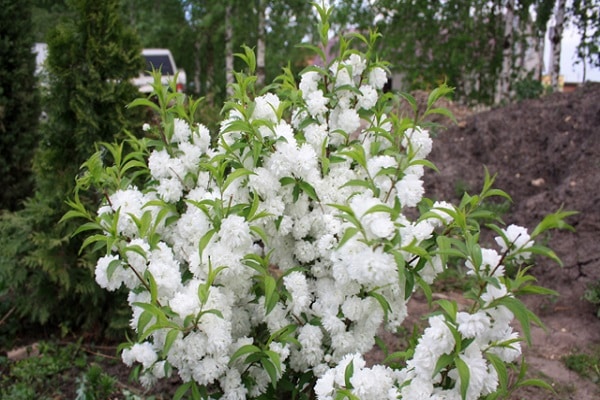
- Coccomycosis (affects leaves, fruits, flowers). Fight with Bordeaux liquid, chlorine oxide. Treat the leaves with irrigation.
- Moniliosis. Causes drying of leaves, shoots. The only way to combat is to use copper-based compounds.
- Monilial burn. Gradual wilting of leaves, shoots. After 1-2 years, the bush completely dies. The drug used to fight the disease is Fundazol.
Pests practically do not affect the plant. Among the few enemies, aphids can be noted, which can occupy tender shoots. Use a home remedy - an infusion of wood ash (200 g of ash per liter of water, leave for a day). Irrigate daily until the pests disappear.
Ferruginous cherry, with proper care, will certainly become the pearl of the site, standing out at the time of flowering with exquisite flowers and filling the area with fragrance. Cultivation of a crop will not cause much difficulty, but the basic rules of agricultural technology must be observed strictly, this will prevent the death of a shrub and grow a lush plant.
